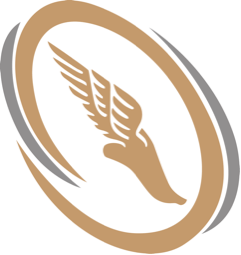Frequently Asked Questions About Bunion Surgery
Below are some frequently asked questions and answers about bunions and their treatment.
Foot Facts
- A human foot and ankle is a strong mechanical structure that contain 26 bones, 33 joints, and more than 100 muscles, tendons, and ligaments.
- The 52 bones in your feet make up one quarter of all the bones in your body. When they are out of alignment, so is the rest of your body.
- There are approximately 250,000 sweat glands in a pair of feet, and they excrete as much as half a pint of moisture each day.
- The soles of your feet contain more sweat glands and sensory nerve endings per square centimetre than any other part of the body.
- The American Podiatry Medical Association says buying shoes is best done during the afternoon. Your feet tend to swell a little during the day, and it’s best to buy shoes that fit then.
- Women are four times more likely to have foot problems than men are, mostly due to footwear.
- A two and a half-inch high heel can increase the load on the forefoot by 75%.
- Many people have one foot larger than the other, so it’s best to fit the larger one while standing.
- The American Podiatric Medical Association states the average person takes 8,000 to 10,000 steps a day, which add up to 115,000 miles in a lifetime – more than four times the circumference of the globe.
- During an average day of walking, the total forces on your feet can total hundreds of tonnes, equivalent to an average of a fully-loaded cement truck.
- Walking is the best exercise for your feet. It contributes to your general health by improving circulation and weight control.
- Standing in one spot is far more tiring for your feet than walking because the demands are being made on the same few muscles for a longer length of time.
- Foot ailments can become your first sign of more serious medical problems. Your feet mirror your general health, so conditions like arthritis, diabetes, and nerve and circulatory disorders can show their initial symptoms in your feet.
- About 60% of all foot and ankle injuries in those aged 17 or older are ankle strains or sprains.
- About 60 to 70% of diabetics will develop some form of diabetic nerve damage, which in severe forms can lead to diabetic lower limb amputation. Approximately 56,000 people a year lose their foot or leg due to diabetes.
- Heel pain and ingrown toenails are the most common foot problems researched.
- Tarsal Tunnel Syndrome is a very common reason for feeling pain and burning in the feet.


